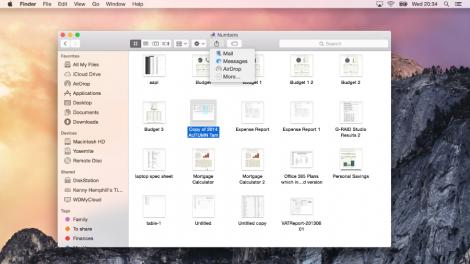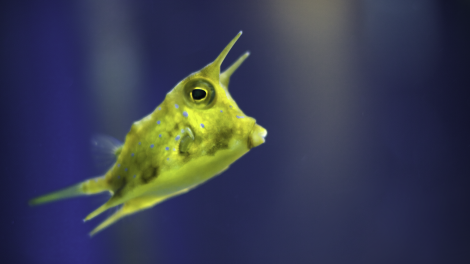
High dynamic range (HDR) is the next big thing in both movies and TVs. We’ve seen 4K in the cinema and ultra HD arrive in our homes, with more and more content for both appearing. Now Technicolor is getting behind the tech, and is offering a way to both back-render standard range (SDR) content as well as stream full HDR video.
HDR is the visually rich step up from UHD fidelity which the move from 1080p to 4K simply hasn’t been.
Essentially, HDR is designed to give far more depth to an image, offering more range to colours and more detail to shadows. Imagine a ray of sunlight in a variety of orange and yellow hues rather than just straight white light.
It makes things pop.
I recently checked out Dolby Vision, that company’s proprietary HDR tech, at a screening of Pixar’s Inside Out and it was stunning. Having seen an SDR version of the movie now, and how flat the iridescent colours look by comparison, I’m sold.
Technicolor, though, is claiming its HDR tech is both open and able to be applied to SDR content for a high dynamic range upscale. It’s also planned to be one of the HDR options available to the upcoming Ultra HD Blu-ray specification.
That alone will massively boost the amount of HDR content available.
The upscaling gives content providers real-time access to the colour information in a video, allowing for direct control over both the highlights, lowlights and mid-tones. As well as being able to apply this to existing content there’s speculation that it could work for live events, such as sport, too.
Quite how the upscaling will compare with full HDR content, only time will tell.
Stream dream
The most impressive thing about Technicolor’s HDR tech, though, is in the way it’s being designed to stream across networks, taking advantage of existing HEVC-compatible encoders and decoders.
«Today the option to view HDR content is an either-or scenario depending on screen display, which creates duplicity and inefficiencies in delivering content to the consumer,» said Mark Turner, VP of Partnership Relations and Business Development at Technicolor.
«Our single-layer technology looks to address such challenges, dramatically reducing storage and bandwidth costs by eliminating the need for two delivery systems, which will mean more consumers will enjoy the benefits of HDR sooner and on more screens.»
In its design the Technicolor pre-processing takes a full HDR source and splits it into a standard dynamic range stream alongside the HDR metadata. This extra HDR information is separated from the SDR video stream to save on bandwidth and allow only a single stream to be needed to send both SDR and HDR content.
At the final stage the TV will then either display the standard version if it has no HDR capabilities – or lacks the Technicolor decoder tech – or display the full HDR video by taking the metadata and recombining the full effect into the standard stream.
Hopefully, with Technicolor’s tech being open to all, we won’t see any format wars with the introduction of HDR towards the end of the year, but you can never say never…
via CNET










